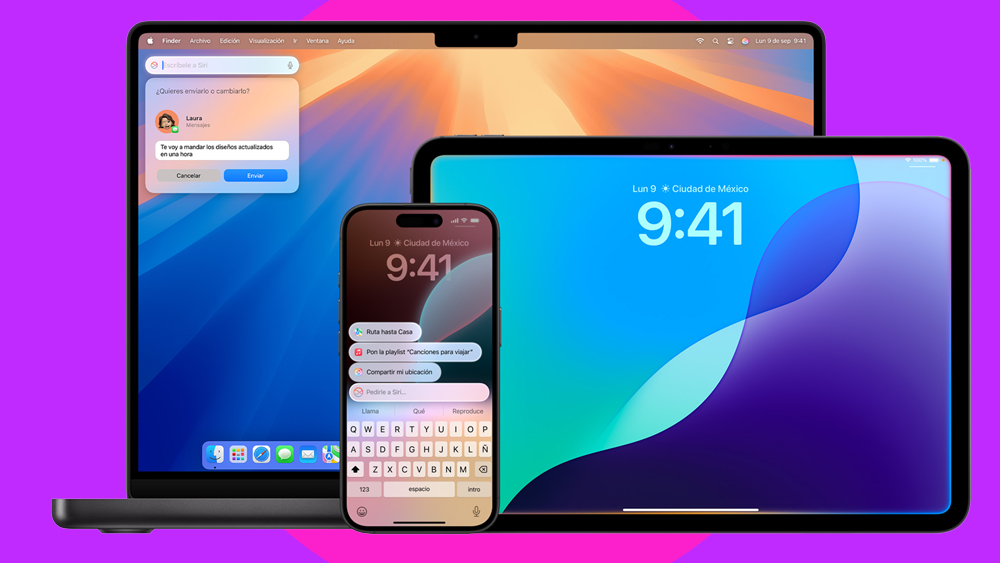7 ways to save money on your brochure printing
There’s no reason why you can’t create a brochure that is both cost-effective and beautiful. Simon Tilbrook tells you how.
Whether you need 10 or 10,000 copies, brochure printing can be an expensive business. So how do you know that it's money well spent? And what can you do to save some cash without skimping on design or print quality? Here are some key factors to take into consideration.
01. Size and page count
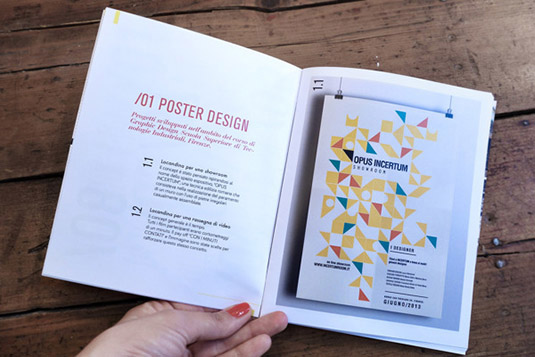
When you're trying to be economical, it's tempting to just try and fit as much content and as many images as possible onto fewer pages. This is rarely a good idea, and can easily look cramped, cluttered and unprofessional, yet brochures don't always need to be heavy or large to have the desired effect and create a strong impact. Clear and concise copywriting will ensure that you only include the information that is necessary, and where design is concerned, less is very often more.
02. Paper stock
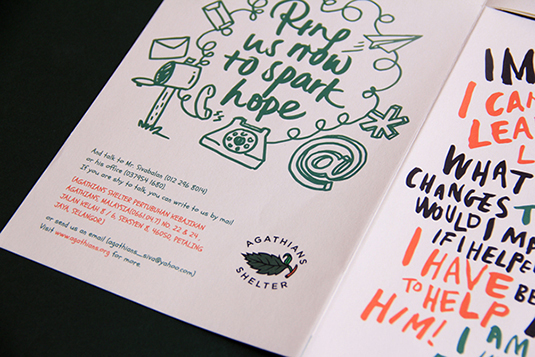
Your choice of paper stock will depend largely upon the type of brochure you are creating, the audience you are targeting and the amount of handling the brochure will receive. Generally, the more prestigious the project, the thicker the paper stock you will need, and this thicker paper will increase your overall costs.
If your brochure is for a high-end corporate conference, you will obviously need to choose the best stock you can afford, but if you're working on a brochure for a series of informal summer concerts at the local bandstand, for example, you can opt for something thinner and cheaper. Matching the paper to the project will mean that you won't spend money unnecessarily on premium paper stock, so make sure that you ask your printer to advise you accordingly and show you some samples.
03. Sheet usage
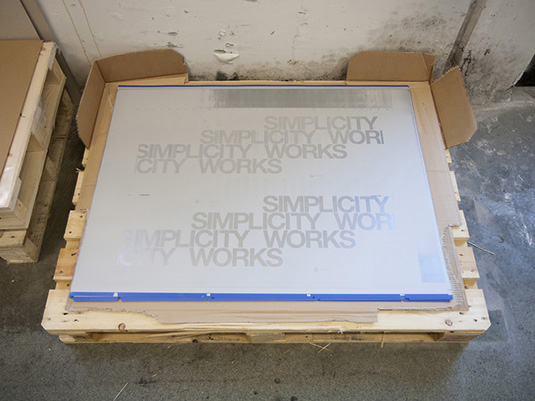
The number of pages that fit on a press sheet can have quite an impact on your bottom line when it comes to brochure printing. Projects that use the entire sheet are more economical than those which use only half or one quarter of the sheet, and as well as paper wastage, the effects of increased plate costs and setup time on the press mean that your brochure printing costs may be much higher than they need to be.
With a bit of careful planning and by talking to your printer before you even start your design, you can ensure that your project is as economical and as environmentally friendly as possible.
04. Inks, colours and typescripts
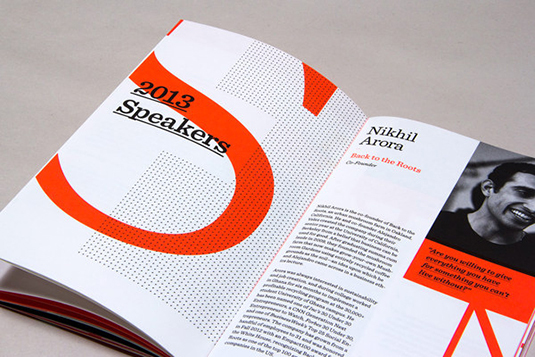
Using spot colours or metallic inks is an additional cost that is not usually necessary for the majority of brochure projects, although in some cases where you're making cost savings in other areas, they can give a plain design that extra je ne sais quoi. Sometimes even standard four-colour printing can be avoided and with high-quality design, monochrome or bi-colour brochures can be every bit as aesthetically pleasing and up to date as their colourful counterparts.
Get the Creative Bloq Newsletter
Daily design news, reviews, how-tos and more, as picked by the editors.
It may be something you've never considered, but even your choice of typescript has an impact on the amount of ink used on a particular project. Century Gothic and Times New Roman, for example, use far less ink than Arial. If your brochure is very text heavy, this might be something you could discuss with your printer.
05. Folding techniques
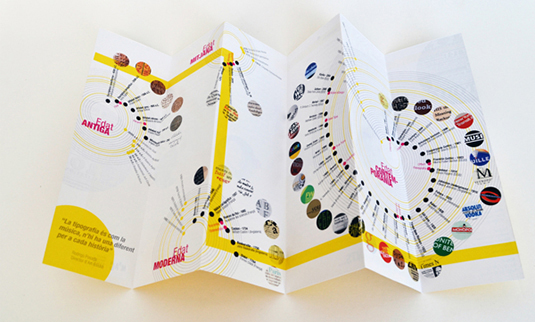
If your brochure is fairly informal and doesn't consist of too many pages, you might consider folding it in an unusual way. Using a quirky folding technique can ensure that even the simplest of brochures can be given a bit of a lift and create a talking point. Just make sure that the style remains in keeping with the content of the brochure itself and that it remains user-friendly.
06. Quantity
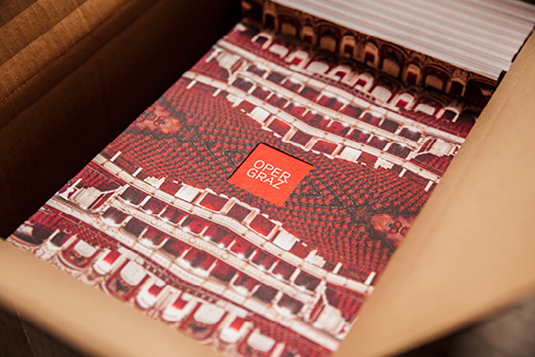
The larger your print run, the less you will pay per copy. But of course you don't want to print so many that you're still sitting on a pile in the office in five years' time, by which time your brochure is long out of date. That wouldn't be economical at all. So you will need to have a reasonable idea of how many copies you need before you start. Make sure you ask your printer for several estimates based on short, medium and long runs so that you can make an informed choice and not need to do repeat runs unless absolutely necessary.
07. Accuracy
It should go without saying, but the last thing you want to do is waste money on unnecessary brochure printing because you made a mistake in the original file. Check, check and check again that your work is correct before sending it to print, to save you having to pay resubmission fees or, worse still, having to fork out for a completely fresh print run.
By considering the above features, talking to your printer and planning your project carefully right from the outset, there's no reason why you can't create a brochure that is both cost-effective and beautiful.
Words: Simon Tilbrook
Simon Tilbrook is the owner of Swallowtail Print, a premium brochure printing and design firm focused on delivering maximum value to their clients. Further bio on Simon can be found here, and for more design and printing tips connect on Google+.
Liked this? Read these!
- Free graffiti font selection
- Illustrator tutorials: amazing ideas to try today!
- Free Photoshop actions to create stunning effects
- The ultimate guide to designing the best logos
Have you seen a great example of brochure printing and design? Let us know in the comments below!

Thank you for reading 5 articles this month* Join now for unlimited access
Enjoy your first month for just £1 / $1 / €1
*Read 5 free articles per month without a subscription

Join now for unlimited access
Try first month for just £1 / $1 / €1

The Creative Bloq team is made up of a group of design fans, and has changed and evolved since Creative Bloq began back in 2012. The current website team consists of eight full-time members of staff: Editor Georgia Coggan, Deputy Editor Rosie Hilder, Ecommerce Editor Beren Neale, Senior News Editor Daniel Piper, Editor, Digital Art and 3D Ian Dean, Tech Reviews Editor Erlingur Einarsson, Ecommerce Writer Beth Nicholls and Staff Writer Natalie Fear, as well as a roster of freelancers from around the world. The ImagineFX magazine team also pitch in, ensuring that content from leading digital art publication ImagineFX is represented on Creative Bloq.
